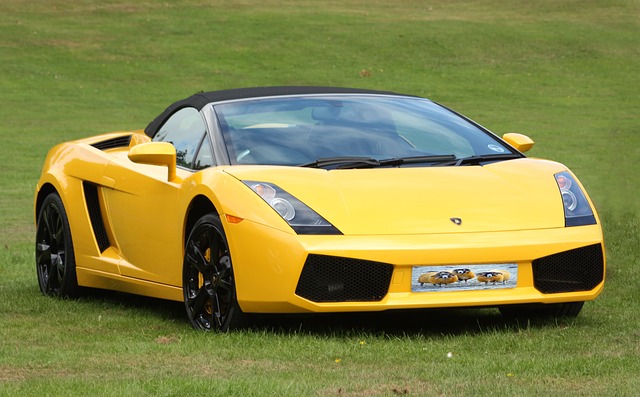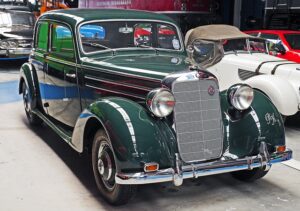Introduction
When traveling with young children, it’s essential to ensure their safety, even when flying. If you’re wondering how to check a car seat on a plane, this article will guide you through the process. We’ll cover the necessary steps and provide useful tips to make your journey smoother and worry-free.
Check Airline Policies
Before you travel: It’s crucial to check the specific policies of the airline you’ll be flying with. Different airlines may have varying rules and regulations regarding car seat check-in. Some airlines may allow you to use a car seat on the plane, while others may require you to check it in as luggage. Make sure to review the airline’s website or contact their customer service to understand their guidelines.
Choose the Right Car Seat
FAA-approved car seat: If you plan to use a car seat on the plane, ensure it is approved by the Federal Aviation Administration (FAA). Look for a label or sticker on the car seat that indicates it is certified for aircraft use. FAA-approved car seats are designed to provide optimal safety during air travel.
Car Seat Installation
Proper installation: If you’re using a car seat on the plane, it’s essential to install it correctly. Follow the manufacturer’s instructions for installation, ensuring a secure fit. If you’re unsure about the installation process, consult the car seat’s manual or seek assistance from a certified child passenger safety technician.
Gate Check vs. Checked Luggage
Gate check: Some airlines allow you to gate check your car seat, meaning you can bring it with you to the gate and leave it at the entrance of the aircraft. Gate checking allows you to use the car seat until boarding and ensures it is handled with care. However, be aware that gate-checked items may be subject to rough handling, so consider using a protective bag or cover.
Checked luggage: If you’re unable to use the car seat on the plane or prefer not to, you can check it in as luggage. Most airlines consider car seats as free checked baggage, but it’s always wise to confirm this with the airline beforehand. To protect the car seat during transport, consider using a padded travel bag or wrapping it in bubble wrap.
Labeling and Identification
Identification tags: To prevent confusion and ensure the safe handling of your car seat, label it with your name, contact information, and flight details. Attach a clear identification tag or use a permanent marker to write your information directly on the car seat.
Protective Measures
Car seat cover: If you’re concerned about the car seat getting dirty or damaged during transit, consider using a car seat cover. These covers provide an extra layer of protection and can be easily removed when needed.
Padding and support: To prevent any potential damage, you can add extra padding or support to the car seat. Use soft items like clothing or blankets to fill any empty spaces and provide cushioning.
Conclusion
Traveling with a car seat on a plane requires careful planning and adherence to airline policies. Before your trip, familiarize yourself with the specific rules of the airline you’ll be flying with. Choose an FAA-approved car seat and ensure it is properly installed. Decide whether you’ll gate check or check the car seat as luggage, and take protective measures to safeguard it during transit. By following these guidelines, you can ensure your child’s safety and enjoy a stress-free journey.
References
– Federal Aviation Administration: www.faa.gov
– Airline specific policies: Check the respective airline’s website for their specific car seat policies.











